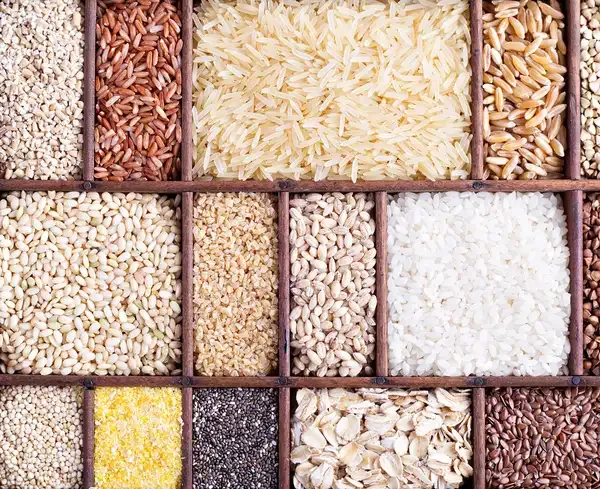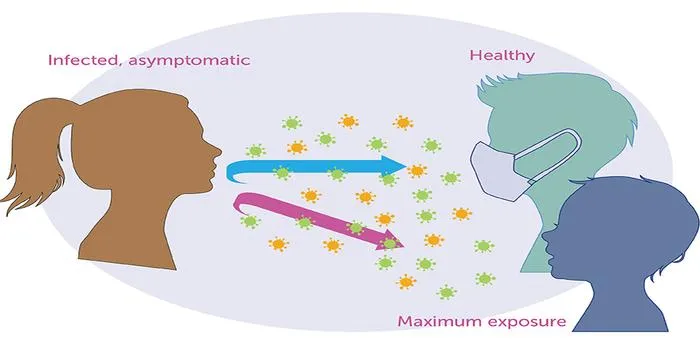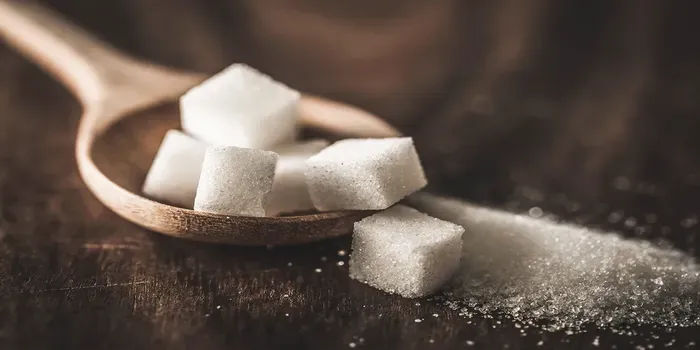- Home >
- Science
- > Innovation
What Is the Difference Between a Grain and a Seed?
Grains and seeds are both vital components of agriculture, but they differ in function and structure. A grain is the edible seed of cereal crops like wheat, rice, and corn, often used for human and animal consumption. It is typically a small, hard, and dry seed. In contrast, a seed is the reproductive unit of a plant, capable of developing into a new plant. While all grains are seeds, not all seeds are grains, as seeds encompass a broader category including legumes and nuts.

Understanding Grains and Seeds
To grasp the differences between ''grains'' and ''seeds'', it is essential to understand their definitions and roles in agriculture and nutrition. While both are crucial components of the food we consume, they serve different purposes and have distinct characteristics. Below, we will explore these differences in detail.
Definitions
''Grains'' are the harvested seeds of cereal crops, which are primarily cultivated for food, livestock feed, and various industrial applications. Common examples of grains include rice, wheat, corn, and barley. These are typically high in carbohydrates and serve as staple foods around the world.
On the other hand, ''seeds'' are the reproductive units of flowering plants, containing an embryonic plant and stored nutrients. Seeds can be produced by various plants, including fruits, vegetables, and nuts. While all grains are seeds, not all seeds are classified as grains. This distinction is vital in understanding their different uses and nutritional profiles.
Key Differences
| Feature | Grains | Seeds |
|---|---|---|
| Definition | Harvested seeds of cereal crops. | Reproductive units of flowering plants. |
| Examples | Wheat, rice, oats, barley. | Sunflower seeds, pumpkin seeds, flaxseeds. |
| Nutritional Profile | High in carbohydrates; may contain some protein and fiber. | Rich in healthy fats, protein, vitamins, and minerals. |
| Uses | Human consumption, livestock feed, industrial uses. | Planting for new crops, human consumption, oils, snacks. |
Botanical Classification
From a botanical perspective, grains fall under the category of ''caryopses'', which are a type of dry fruit. This means that the grain is a single-seeded fruit where the seed coat is fused with the ovary wall. In contrast, seeds can belong to various categories, including nuts, legumes, and more, depending on their plant source and structure.
Nutritional Aspects
The nutritional value of ''grains'' and ''seeds'' varies significantly. Grains are primarily composed of carbohydrates, making them excellent energy sources. However, they may be lower in essential fatty acids and proteins compared to seeds.
''Seeds'', in contrast, are often nutrient-dense. They provide a range of essential fatty acids, protein, vitamins, and minerals. For instance, sunflower seeds are high in vitamin E and magnesium, while chia seeds are an excellent source of omega-3 fatty acids. This makes seeds a great addition to a balanced diet, especially for those seeking plant-based nutrition.
Common Uses of Grains and Seeds
Both ''grains'' and ''seeds'' have a variety of uses in our daily lives. Grains are commonly processed into flour, cereals, and bread, while seeds can be consumed directly, used in salads, or pressed to extract oils. Here are some of the most common uses:
| Grains | Seeds |
|---|---|
| Rice - staple food in many cultures. | Chia - used in smoothies and puddings. |
| Wheat - ground into flour for baking. | Flaxseeds - added to cereals for added nutrition. |
| Corn - used in tortillas and popcorn. | Sunflower seeds - popular snack and salad topping. |
Environmental Impact
The cultivation of grains and seeds can have varying environmental impacts. Grains, especially monocultured crops like corn and wheat, can lead to soil depletion and require significant water and pesticide use. Sustainable practices such as crop rotation and organic farming are essential to mitigate these effects.
On the other hand, growing seeds can be more environmentally friendly, particularly when it comes to crops like legumes that enrich the soil by fixing nitrogen. Moreover, many seeds can be cultivated in smaller spaces, making them suitable for urban gardening and small-scale farming.
Conclusion
In summary, while ''grains'' and ''seeds'' may seem similar at first glance, they serve different purposes in agriculture and nutrition. Understanding the differences between these two categories can help consumers make informed choices about their diets and agricultural practices. Incorporating a variety of both grains and seeds into your meals can lead to a well-rounded and nutritious diet.












